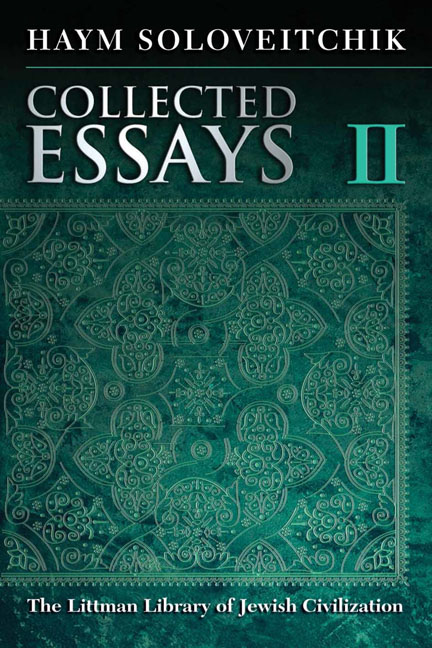Book contents
- Frontmatter
- Dedication
- Preface
- Acknowledgments
- Contents
- Note on Transliteration and Conventions Used in the Text
- PART I RE-EVALUATION OF ELEVENTH-CENTURY ASHKENAZ
- PART II MARTYRDOM UNDER CROSS AND CRESCENT INTRODUCTION
- PART III MISHNEH TORAH
- Bibliography of Manuscripts
- Source Acknowledgments
- Index of Names
- Index of Places
- Index of Subjects
9 - The ‘Third Yeshivah of Bavel’ and the Cultural Origins of Ashkenaz—A Proposal
- Frontmatter
- Dedication
- Preface
- Acknowledgments
- Contents
- Note on Transliteration and Conventions Used in the Text
- PART I RE-EVALUATION OF ELEVENTH-CENTURY ASHKENAZ
- PART II MARTYRDOM UNDER CROSS AND CRESCENT INTRODUCTION
- PART III MISHNEH TORAH
- Bibliography of Manuscripts
- Source Acknowledgments
- Index of Names
- Index of Places
- Index of Subjects
Summary
WHILE the previous chapters were formulated in the 1980s and only now, as I explained in the Preface, have I gotten around to putting down on paper my reservations about the reigning views of Early Ashkenaz, the present essay occurred to me only as I was finishing this volume. Indeed, there are sentences, even an occasional argument, in the preceding essays that indicate that I did not yet have any notion of a ‘Third Yeshivah of Bavel’. I left those passages unaltered and noted only in the footnotes the possible implications of the present essay. The previous essays are in every way self-standing, and their rejection of the current theories of the origins of Ashkenazic halakhic culture in no way hinges upon the far-ranging thesis that I propose below. I emphasize that, at the moment, this is only a proposal.
THE THEORIES THAT Ashkenaz was originally governed by an ancient, immutable custom or that its roots lay deep in the halakhic soil of Palestine have been weighed and found wanting. The reader, however, is entitled to ask, ‘While dispelling error is always beneficial, what have you to offer in its place? Ashkenaz did not emerge ex nihilo; it came from somewhere. Where was that “somewhere” and what was its nature? Can you suggest a new narrative of the genesis of Ashkenazic culture?’
I believe that I can point to a key source, one of the major components of that civilization; indeed, I would argue that this source of Ashkenazic halakhah has been open to public view ever since 1881, when ‘The Brothers and Widow of Romm’ published in Vilna what immediately became the standard edition of the Talmud. I am further of the opinion that this starting point goes far in explaining some of the lasting characteristics of Ashkenaz, such as (a) the notion of kehillah kedoshah, a community of the righteous and the observant that I have noted in my studies of pawnbroking and yein nesekh (wine touched by Gentiles); (b) its halakhic insularity—its indifference to the halakhic achievements of other Jewish communities;3 and (c) its sustained apathy to the higher culture of its surroundings—its refusal to engage in the philosophical and scientific pursuits of Latin Europe.
- Type
- Chapter
- Information
- Collected EssaysVolume II, pp. 150 - 216Publisher: Liverpool University PressPrint publication year: 2014



